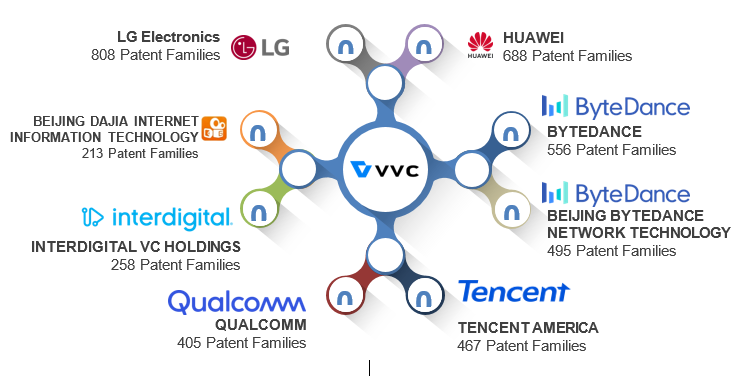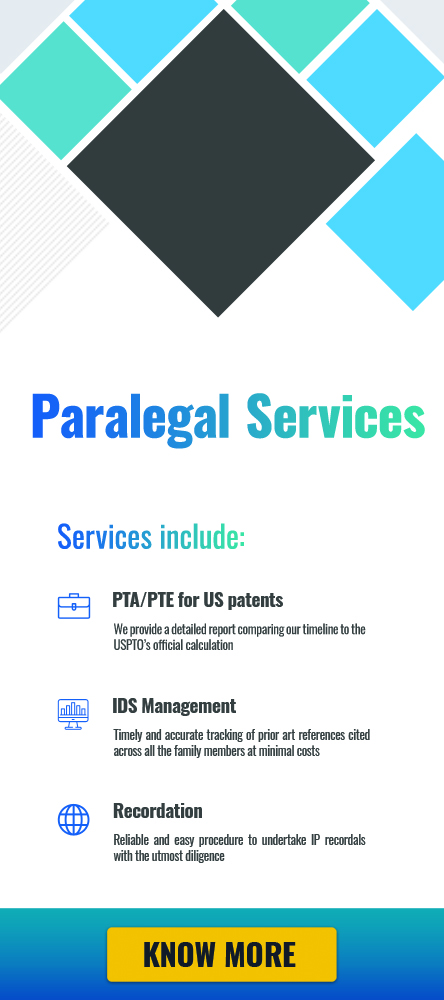Versatile Video Coding is a type of video compression standard denoted as H.266, ISO/IEC 23090-3, and MPEG-I Part 3. VVC coding is created by the Joint Video Experts Team (JVET) at ITU (International Telecommunication Union) and published on 2020
-
2017 - October Call for Proposals1
-
2018 - April Evaluation of proposal received and first draft of the standard2
-
2019 - July Ballot issued for Committee Draft3
-
2019 - October Ballot issued for Draft International Standard4
-
2020 - 6 July Completion of final standard5
VVC is an evolution of the block-based hybrid codec that makes highly complex and highly capable video compression standards. Moving Picture Experts Group Los Angeles (MPEG LA) Introduces Patent Pool License for VVC Compression, which is designed to help the speed and support the adoption of VVC compression standard
The following are the process of coding process Versatile Video Coding (VVC codec)

With the Increasing Popularity of Video Streaming Platforms, the Video Encoder Market is expected to reach USD 2,780. 2 million by 2027

VVC can be used for improving existing video communication applications as well as enabling new ones relying on emerging technologies
Recent Publication/News
Recently Samsung Electronics GmbH has been sued by Moving Picture Experts Group Los Angeles (MPEG LA) for infringing HEVC (H.266) patents
Indian video streaming and video on demand (OTT) platform MX Player becomes the first OTT to deploy H.266, this help consumers to use half the video streaming data consumption, MX player and MX TakaTak users will be the first in the world to experience the benefits of Versatile Video Coding (VVC coding)
Need of VVC Coding
Versatile Video Coding (VVC) was developed to provide the best subjective quality perceived by humans under certain bit-rate conditions. There is a need of improving broadcast, IPTV, OTT, videoconferencing, surveillance, video blogging, services VCC Coding supports efficiently higher resolutions and content adaptation, reducing latency, and providing better HDR content or mixed natural and synthetic content.
The VCC coding supports next-generation virtual and augmented reality (VR/AR), 4K, 16K, 360° videos, automotive and IoT media-related applications
Also, Video conferencing and OTT streaming improvement more than ever, especially during the COVID-19 pandemic more users used these services, and still most of the users around the world are using this video conferencing and OTT streaming services. Companies using this VVC coding to improve these services to the next level
Why VVC Coding
Versatile video coding (VVC Coding) makes encoding higher quality video better, it compresses the video to occupy less space on hard drives so as to improve the streaming of high-quality.
VVC facilitates improvement in future OTT, streaming, and video conferencing better by supporting high-quality video up to 16K, with less data consumption over 5G and it leads a step forward in streaming.
VVC also supports high-quality 360° video, which enables experiences like immersive video streaming in virtual and augmented reality, which could revolutionize everything from teleconferencing, and gaming, to virtual performances.
Challenges in VVC Coding
As VVC is an evolution of the block-based hybrid codec which increases highly complexity of video compression
It requires designing dedicated hardware architectures based on modern hybrid video VCC coding
Insights
The following chart shows the top players in VVC Coding
No Data Found









